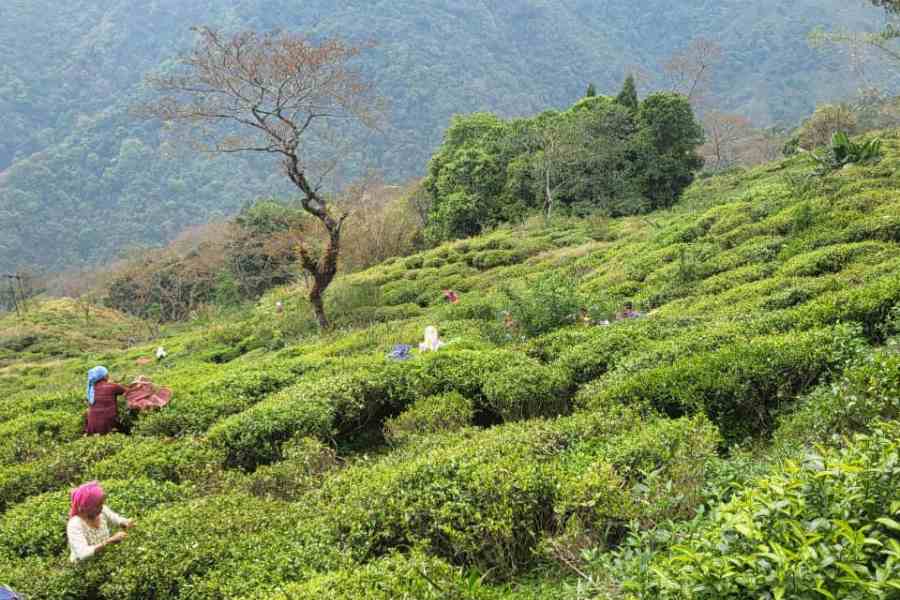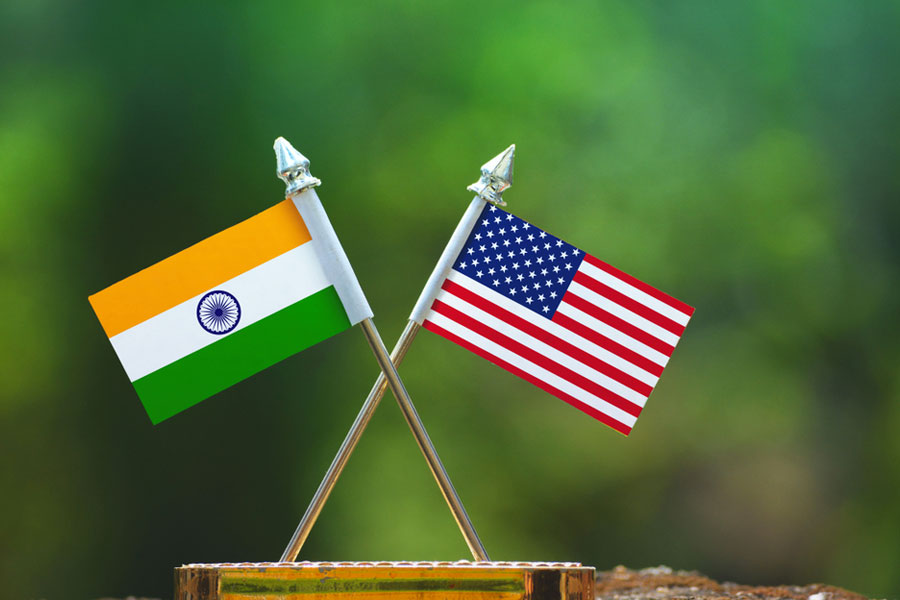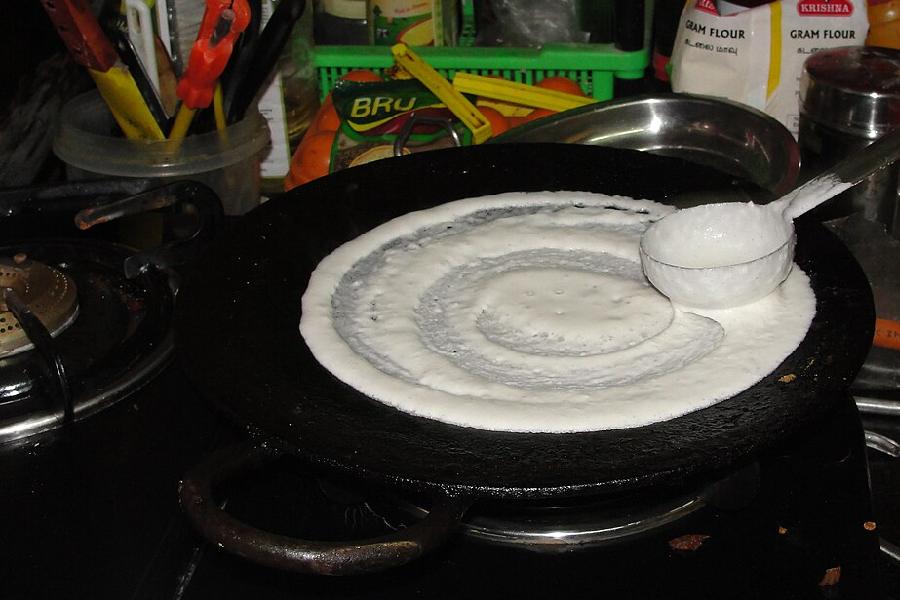The Darjeeling Tea Association (DTA) has, for the first time in the industry’s history, proposed an attendance-linked bonus system for garden workers this year.
The lowest bonus rate is 8.33 per cent while the highest is 20 per cent of the workers’ annual earnings. The final rate has to be negotiated between planters and workers’ unions.
On Friday evening, the Darjeeling Tea Association convened the bonus meeting for the Darjeeling tea industry in Darjeeling.
Sources said that planters proposed a tiered bonus structure based on the number of days work put in by a worker in the year, which was rejected by the unions.
Saman Pathak, CITU leader, who was present in the meeting said: “The plan suggested 16 per cent for workers with attendance of 240 or more working days in a year, 14 per cent for those with 191–239 days, 12 per cent for 151–190 days, and 8.33 per cent for 30–150 days.”
The planters clarified to The Telegraph that the percentage mentioned was just an example and that they have not come up with any final percentage. They, however, confirmed that they proposed a tiered bonus structure.
“Absenteeism is a major bane of the industry and this is why we propose a tiered structure,” said Sandeep Mukherjee, the principal adviser of the Darjeeling
Tea Association.
“If bonus rate is agreed as per attendance there would be no need for central level negotiations every year. The attendance is kept at the garden level and every worker would be aware of the bonus they would be entitled to,” said Mukherjee.
Pathak, however, said that the proposal was rejected by the nine unions attending
the meeting.
“As per the bonus Act any worker with a minimum of 30 per cent (attendance) is entitled to the agreed percentage. In any case, the bonus is calculated on gross earnings and thus the bonus is already linked to a worker’s attendance,” said Pathak.
The planters, however, insisted that a direct attendance-linked bonus would improve worker attendance.
The DTA also gave an alternative proposal.
“As an alternative we proposed that gardens be categorised as Group A, B, C and D depending on their financial health and different bonus rates be fixed for each group,” said a planter.
B.K. Rai, president of the GNLF-affiliated Himalayan Plantation Workers Union, said workers’ financial hardships since the Covid-19 pandemic made it the “social and moral responsibility” of planters to pay the full 20 per cent.
Planters also raised the issue of low productivity, but unions said that workers shouldn’t shoulder the full blame for it.
“We also told planters that the average auction price was rising. The average auction price of ₹396.29 in 2024 is better than that of ₹332.61 of 2023, ₹351.93 of 2022, ₹372.8 of 2021, ₹372.76 of 2020 and ₹338.76 of 2019,” said Pathak.











